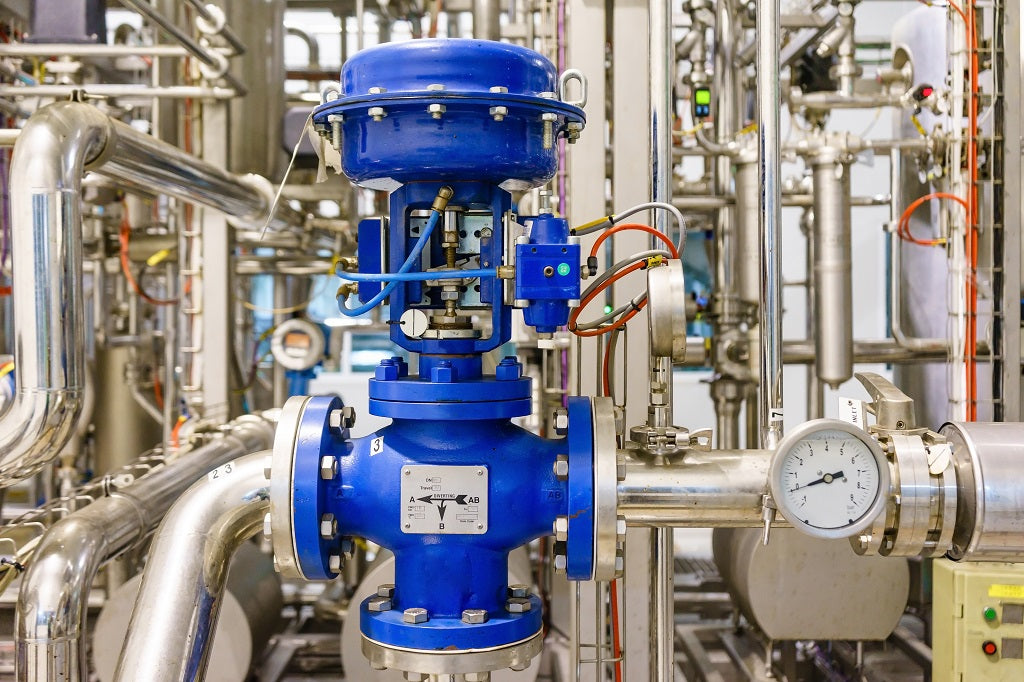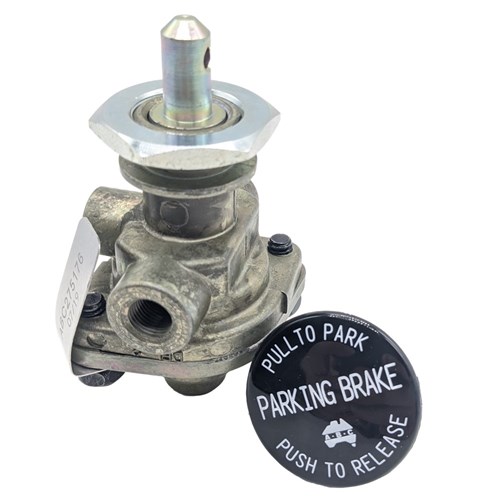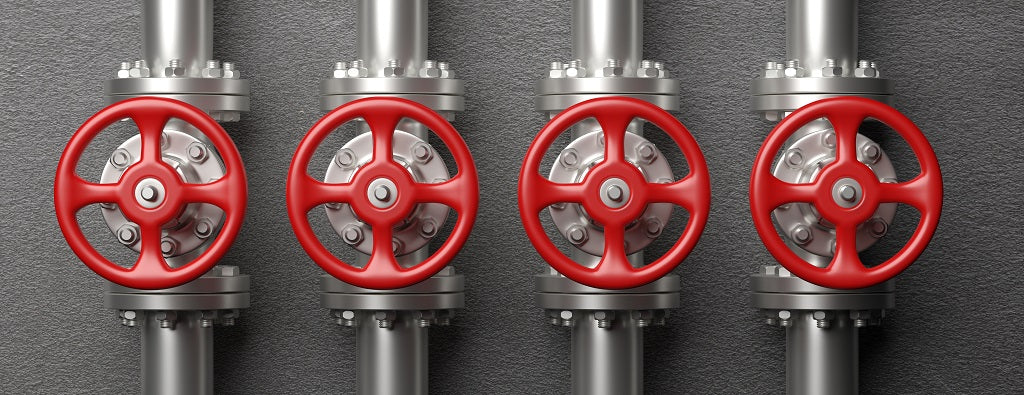Achieve Seamless Integration and Control With Top Quality Building Automation Controls
In the realm of modern building administration, the relevance of quality building automation controls can not be overemphasized. Welcoming top quality building automation controls is not merely an issue of convenience yet a strategic essential for organizations intending to enhance their centers' performance and sustainability.

Advancement of Structure Automation Controls
Throughout the previous few years, the advancement of developing automation controls has considerably changed the method buildings are handled and run. Initially, developing automation systems largely focused on standard functions such as controlling ventilation, air, and heating conditioning (COOLING AND HEATING) systems. As technology progressed, these controls have come to be more advanced, allowing for a wider variety of structure systems to be incorporated and handled centrally.
The evolution of constructing automation controls has actually seen a change in the direction of more intelligent systems that can adapt to transforming conditions in real-time. This versatility is essential for optimizing energy efficiency and guaranteeing resident convenience. In addition, modern building automation controls now supply attributes such as anticipating maintenance, remote monitoring, and information analytics, allowing facility managers to make data-driven decisions to improve building performance.

Benefits of High Quality Combination
The innovation in structure automation regulates in the direction of even more smart systems has actually underscored the significant advantages of quality assimilation in optimizing structure procedures and improving overall effectiveness. This centralized control also supplies much better presence and understandings into structure performance, enabling positive maintenance and optimization strategies. On the whole, the benefits of quality combination in structure automation controls are indisputable, offering enhanced performance, convenience, and functional efficiency.
Boosted Individual Experience and Access
Enhancing individual interaction with building automation controls with user-friendly layout and boosted access boosts the overall experience for passengers and center managers alike. By concentrating on customer experience, developing automation systems can end up being extra effective and easy to use. Instinctive user interfaces, clear navigating, and adjustable setups equip users to interact with the controls easily and effectively.
Availability features play an important role in making sure that all individuals, including those with disabilities, can utilize the structure automation manages effortlessly. Integrating attributes such as voice commands, responsive switches, and color-contrasted display screens can improve accessibility and make the controls much more comprehensive.
Furthermore, enhanced user experience causes greater customer contentment, enhanced efficiency, and much better decision-making. Owners can change ecological settings according to their preferences, while facility supervisors can successfully check and handle structure systems - control valves. On the whole, prioritizing customer experience and accessibility in structure automation manages adds to a much more effective and seamless structure setting for all stakeholders included
Lasting Practices With Automation

Furthermore, automation can assist in the integration of renewable resource resources such as solar panels or wind turbines right into building operations. By automatically readjusting power usage based upon the schedule of renewable resource, structures can further lower their reliance on non-renewable sources. This smooth combination of sustainable practices not just profits the environment however also enhances the total operational efficiency and cost-effectiveness of the structure. With automation, buildings can align with modern sustainability goals and add to a greener future.
Future Trends in Structure Control Equipment
One noticeable pattern shaping the future of structure control systems is the raised combination of Artificial Intelligence (AI) and maker understanding. Additionally, the Web of Points (IoT) is revolutionizing structure control systems by linking tools Full Article and sensing units to streamline procedures and enhance performance.
An additional key fad is the emphasis on cybersecurity steps to secure against potential dangers to building automation systems. As buildings come to be extra interconnected, making certain durable cybersecurity methods will certainly be important to secure sensitive data and stop unapproved gain access to.
In addition, the shift towards cloud-based platforms is getting energy, enabling streamlined control and remote access to building systems. This facilitates easier surveillance, upkeep, and updates, enhancing the total efficiency and adaptability of building control systems. As innovation proceeds to advance, these trends are expected to form the future landscape of structure automation controls, driving development and sustainability in the built atmosphere.
Verdict
Future fads in structure control systems are likely to focus on additional boosting automation capabilities for boosted energy performance and total efficiency. It is necessary for structure owners and drivers to prioritize the adoption of top quality building automation manages to maximize structure procedures and attain long-lasting sustainability goals.
In the world of modern structure management, the relevance of high quality structure automation controls can not be overemphasized. Overall, the advancement of building automation manages proceeds to drive technology in the building management market, using brand-new opportunities for producing smarter and extra lasting Our site structures.
The innovation in building automation controls in the direction of more intelligent systems has actually underscored the substantial benefits of high quality assimilation in optimizing building procedures and boosting total effectiveness. Overall, focusing on individual experience and access in building automation manages contributes to a much more effective and seamless building atmosphere for all stakeholders included.
It is essential for building proprietors and operators to focus on the fostering of top quality building automation manages to optimize structure procedures and attain long-term sustainability goals. - control valves